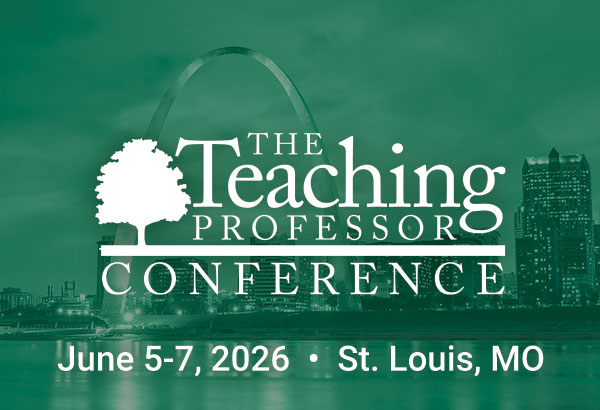Understanding Student Resistance
It’s often unexpected and usually something of an affront: The teacher has devoted time and energy to preparing a new activity (or series of activities) for students. The teacher has opted to use the activities because they are consistent with what the research says about




